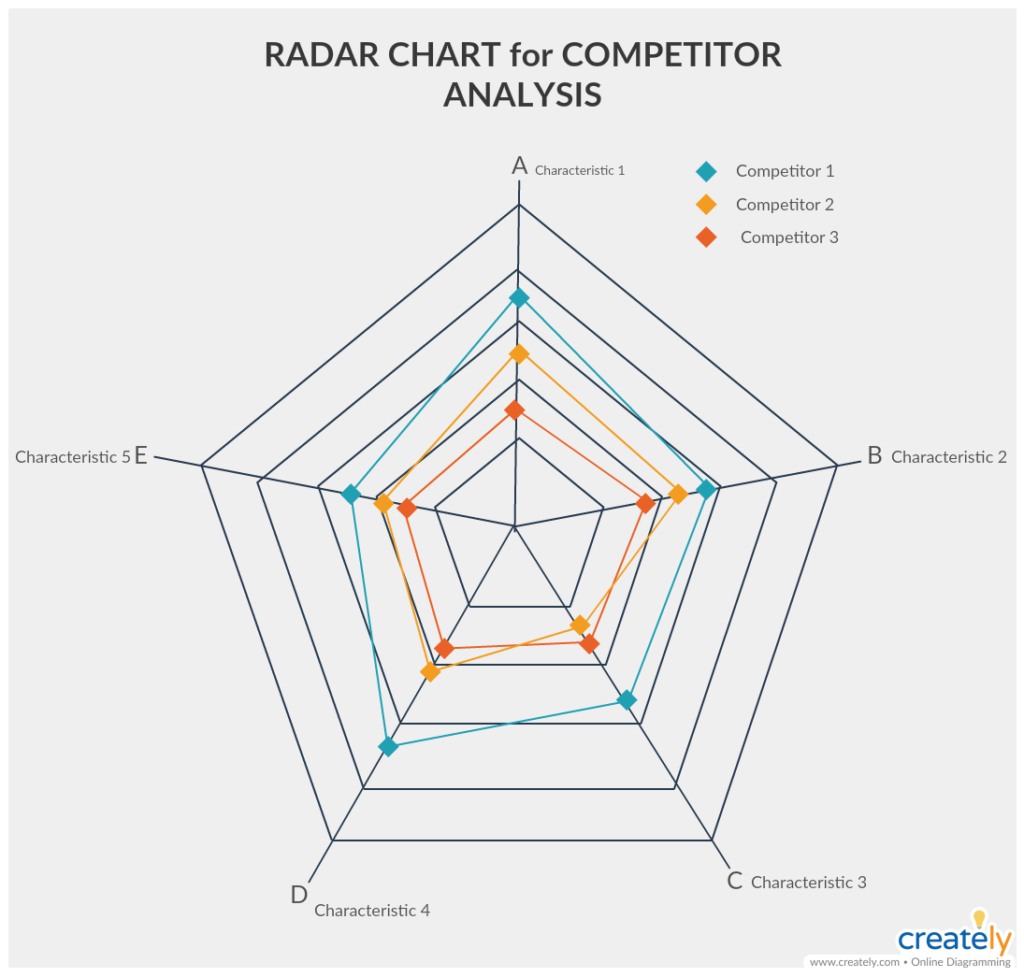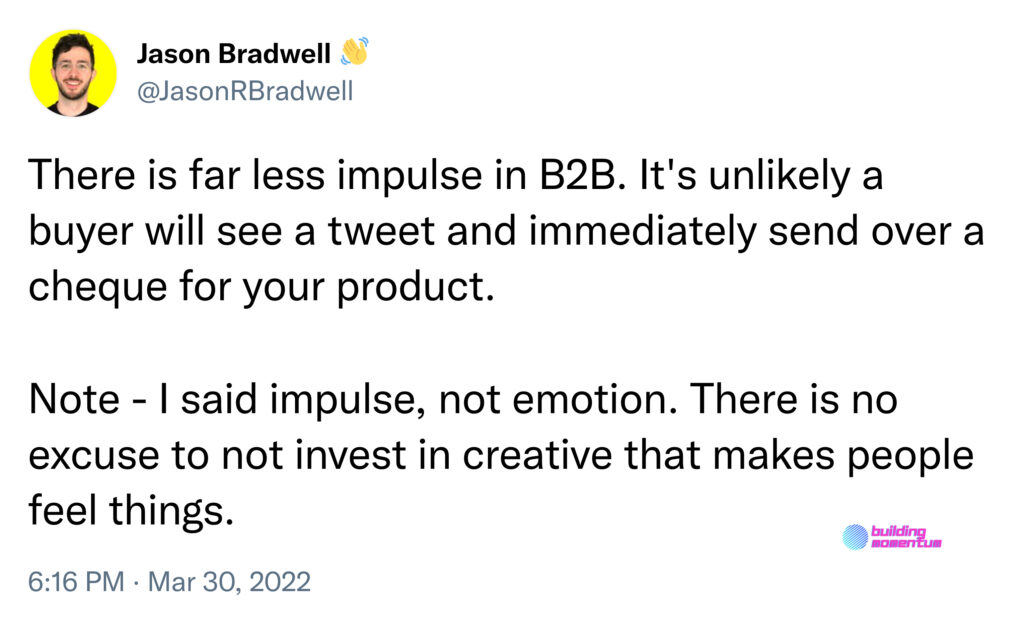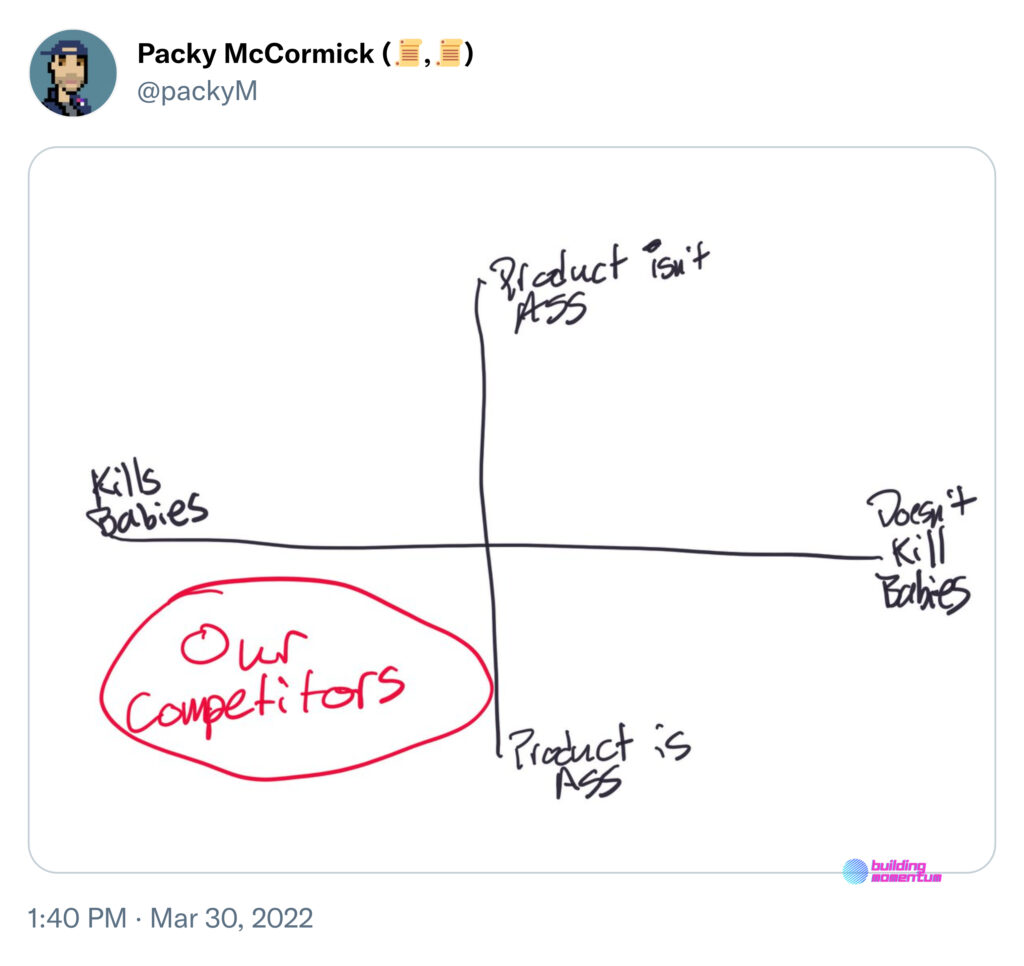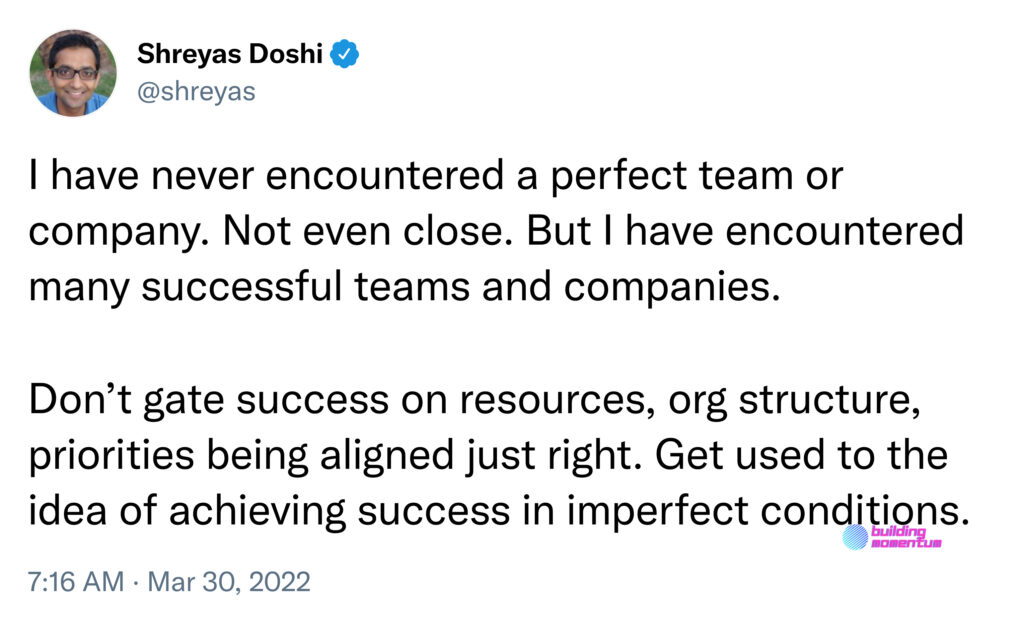Hey there. This is The Overview, a weekly roundup of noteworthy B2B SaaS stuff. You’ll find interesting thoughts, articles, and more from around the internet.
SPONSORED
This Newsletter is Sponsored by 42 AGENCY
A plug-and-play demand generation agency for scaling B2B SaaS. Whether you’re building a demand generation function from scratch or scaling what you already have, our team has the paid marketing and ops know-how to help you quickly acquire more customers, for less. Visit us at https://www.fourtytwo.agency/ to learn more.
In this post:
Far less impulse in B2B
There are hardly any impulse purchases in B2B. Unless you count instant painkiller situations like Cloudflare when you’re under attack, or when a B2B team adds new teammates, or upgrading your package to get extra features, and things like that.
Actually, maybe there are more impulse purchases in B2B than you’d first think.
Maybe the first purchase won’t be an impulse purchase: there will be a shortlist drawn up, an evaluation and checklist of requirements.
But after that? Adding new seats, increasing usage, and upgrading plans are often driven by ‘considered impulse’. Less likely to go through an evaluation, more likely to go through a quick sanity/budget-check.
Building out a land-and-expand go-to-market motion might help you understand the use-cases and scenarios you can support, and then build the sales/marketing/product/support mechanisms to make impulse purchases as effortless as possible. First step: understand your buyer’s journey (from their perspective).
Your market matrix probably looks like this
I actually like 2×2 matrices like this to show a market landscape, so long as they’re rooted in the core principle of competing for customers, not competing against competitors.
You can always expand on this and actually use market research to create radar charts that evaluate your product and your core competitors against core characteristics – ending up with something like this:

If you’re thinking of this, don’t focus on features and instead focus on benefits, value, and perception instead.
Get comfortable with imperfection
Perfection is the enemy of progress. The trick is to understand when you’ve got a helpful level of information with minimal unknown-unknowns.
This is why I say, all the time, momentum is the result of focus + confidence. You know where you’re going and what you’re doing, and you’re confident that the way you’re executing is delivering results.
Iterating on your category
Everyone hated revenue acceleration platform. What did it mean? How did it work? What did you do with it?
Drift have recently begun using conversation cloud to describe their product, a phrase I’m pretty sure existed at least 10 years ago.
Is it any better?
I don’t think so. It’s more understandable, but it still doesn’t translate into a new game that winners are playing. I think a good measure of whether the category is whether customers will admit to playing it. Will they say “Yes, we do [category]” without prompting? “We do conversation.” doesn’t quite have the same ring as “We do conversational marketing.”
When you become a free Building Momentum subscriber, you get access to my exclusive product marketing swipe file. Click here to find out more!
Thanks for reading! Let me know what you thought – find me on Twitter and LinkedIn.
P.S. If you’ve found value in Building Momentum, could you buy me a coffee? Here’s my tip jar – any support is gratefully appreciated!
P.P.S: If you enjoyed this post, will you share Building Momentum with your network?









